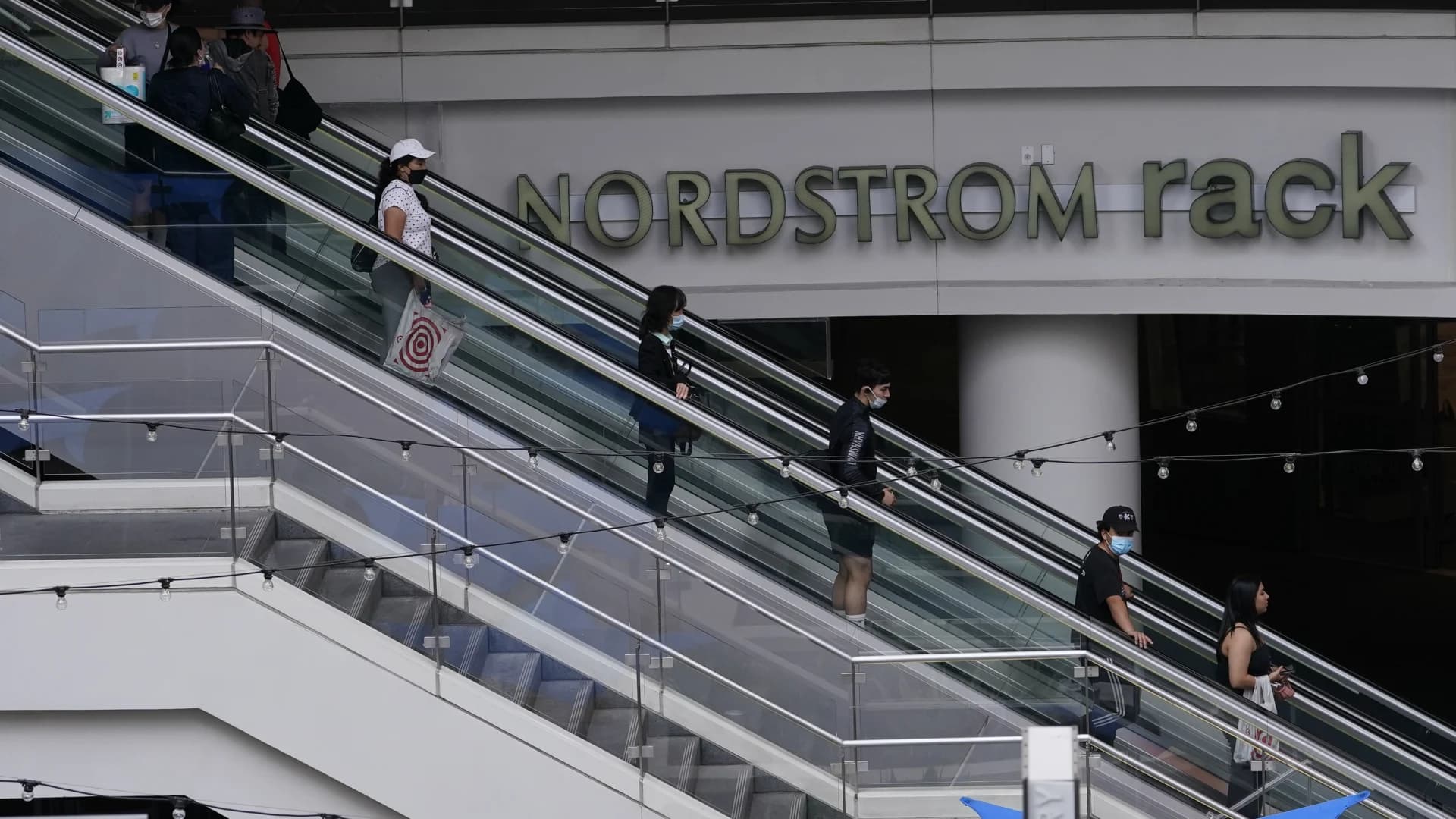More Stories

After beginning the year in a buying mood, Americans slowed their spending in February on gadgets, home furnishings and other discretionary items as higher prices for food, gasoline, and shelter are eating up more of their wallet.
Retail sales increased 0.3% after registering a revised 4.9% jump from December to January, fueled by wage gains, solid hiring and more money in banking accounts, according to the Commerce Department. January's increase was the biggest jump in spending since last March, when American households received a final federal stimulus check of $1,400.
Business at furniture and home furnishing stores fell 1% in February, while sales at electronic and appliance stores slipped 0.6% General merchandise stores saw business down 0.2%, while online sales fell 3.7%. Restaurant sales rose 2.5% as shoppers shift more of their spending to services as the threat of COVID-19 fades.
And there are new pressures that could send prices even higher, namely the Russian invasion of Ukraine. Western companies have pulled out of Russia after it sent tank columns toward the capital of Kyiv and heavily shelled the southern seaport of Mariupol and other urban centers.
Earlier this month, the Labor Department reported that consumer inflation, propelled by surging costs for gas, food and housing, jumped 7.9% over the past year, the sharpest spike since 1982. That 12-month period ended in February, meaning it does not include most of the oil and gas price increases that followed the start of Russia's war on Feb. 24.
Crude and natural gas have spiked about 30% this year, though energy futures did retreat this week.
Many retailers are bracing for how the war will worsen supply shortages, with reports already surfacing of limited supplies of wheat, vegetable oils, metals, and electronic components like chips.
In addition to the Russian invasion, rising COVID-19 cases and renewed restrictions in China could intensify supply chain issues.
“The current surge in non-discretionary inflation - particularly food, energy, and shelter - will pressure households’ budgets and lead them to pare back their discretionary purchases, while supply chain issues will continue to constrain sales growth," wrote Lydia Boussour, lead U.S. Economist at Oxford Economics. But she noted that wage gains and ample excess savings should sustain consumer spending in the months ahead.
The National Retail Federation, the nation’s largest retail trade group, forecast that growth in U.S. retail sales this year will slow to between 6% and 8% from the record-breaking 14% annual growth rate in 2021. The group cited surging inflation, tightening of monetary policy and less fiscal stimulus. Last year's figure marked the highest growth rate in more than 20 years. Still, this year’s projection is well above the 10-year, pre-pandemic growth rate of 3.7%.
The retail report released Wednesday covers only about a third of overall consumer spending and doesn’t include services such as haircuts, hotel stays and plane tickets.
More from News 12
1:16

ICE officer kills a Minneapolis driver in a deadly start to Trump’s latest immigration operation
2:06

Maduro says 'I was captured' as he pleads not guilty on drug trafficking charges
3:19

Venezuelans in NY question how their temporary legal status will be handled in aftermath of Maduro's capture
0:12

Maduro arrives in US after stunning capture in operation that Trump says will let US 'run' Venezuela
2:28

'I can't sleep.' Venezuelan in Soundview worried for loved ones after U.S. military capture of Maduro
1:39
